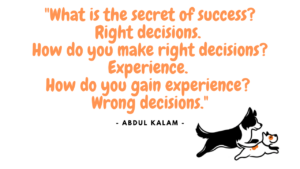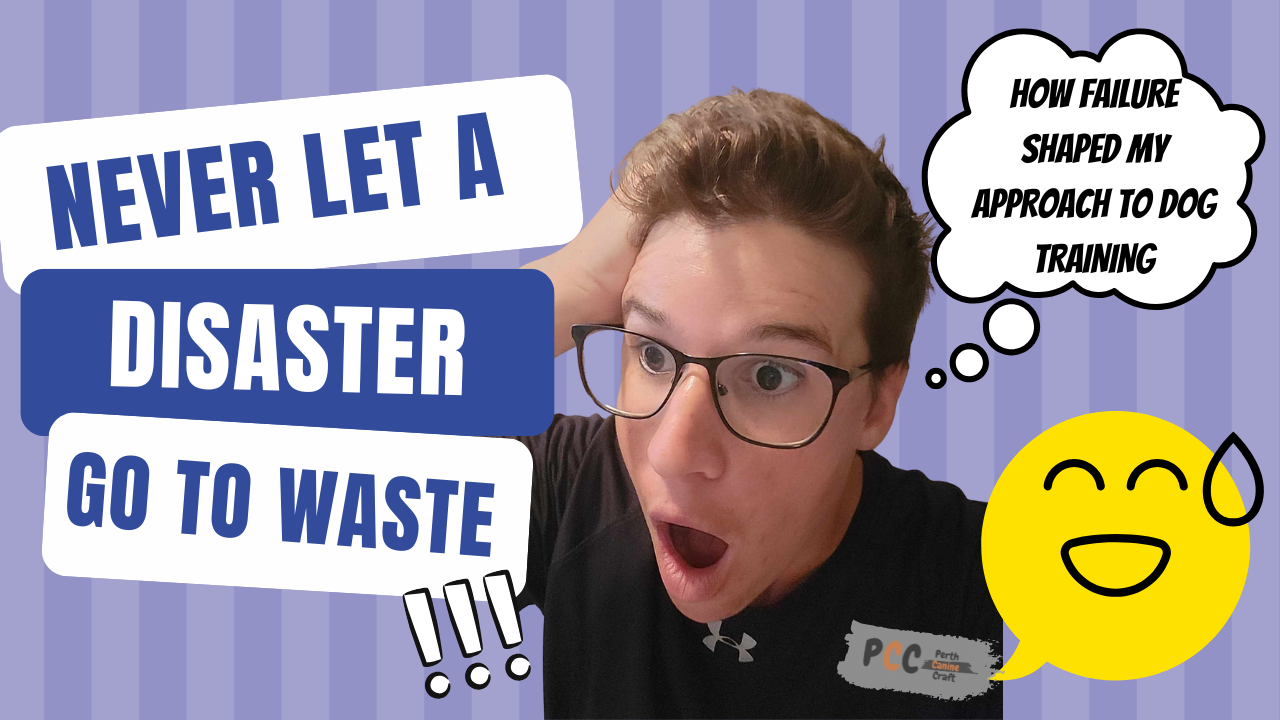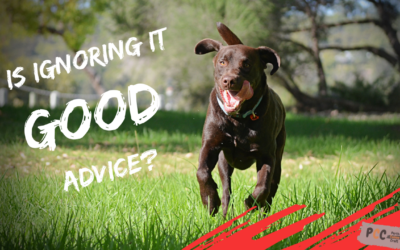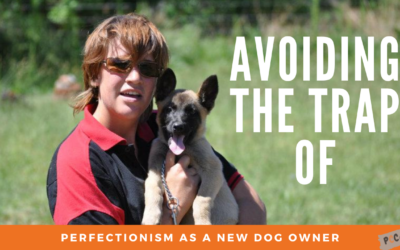The Unexpected Lessons in Dog Training
Dog training is a science, an art, and—sometimes—a humbling experience. No matter how much knowledge or experience you have, dogs will always find ways to challenge your approach.
I want to share a real training experience that completely shifted my perspective. It involved a high-drive, reactive Belgian Shepherd and a 5-month-old Labrador puppy, and how what seemed like a disaster actually became a turning point in my understanding of drive, genetics, clarity and resilience.
The Training Plan: Step by Step
Phase 1: Identifying the Reactivity Trigger
The Belgian Shepherd was reactive to other dogs, and I wanted to assess the root cause. My thought process was that a young puppy would be the least threatening option for exposure.
I started with:
- Fulfilling the Belgian’s drive separately through structured play with me.
- Leashed sessions at a distance where the Belgian was aware but not over-threshold.
- Progressing to off-leash sessions with a fence between them.
So far, everything went great—the Belgian seemed to desensitise in multiple environments.
Phase 2: Controlled Freedom & Communication
Once the Belgian was no longer reacting from a distance, we progressed carefully:
- Tethered with a Muzzle – This allowed the Labrador pup to move freely while being able to get away if needed.
- The pup learned how to read the Belgian’s body language.
- The Belgian learned how to communicate boundaries appropriately.
- I assisted in the beginning, but over time, they figured it out on their own.
- Drag-Line & Muzzle – We repeated the same process with a long leash instead of a tether.
- Off-Leash & Muzzle – The Belgian was free but still had a muzzle for safety.
Over time, they coexisted neutrally, and I felt we had done the groundwork.
The Moment Everything Went Wrong
The last step was removing the muzzle. Since we had progressed systematically, I believed restarting from a tether, then a fence, then drag-line would ensure safety.
But that’s when the Belgian’s true drive surfaced. 🔥 The Belgian suddenly went into full prey drive-the Belgian wasn’t stupid; he knew he wasn’t restricted any more. 🐶 The Labrador got the scare of his life. Everything I had built seemed to collapse in that moment.
The Role of the Remote Collar
Fortunately, I had also been conditioning the Belgian Shepherd to a remote collar (dog nerd info: for negative reinforcement to enforce wanted/safe behaviours and positive punishment to stop unwanted/dangerous behaviours), and this became a game-changer in this moment.
⚡ When the Belgian went into prey drive, I used punishment at the right moment to stop him in his tracks. ❌ It knocked him out of his drive instantly. 😶 He became neutral again.
The pup, still in a panicked state, was able to recover without me interfering. I saw genetics at play – helping the pup create dependance on their own merit. Next step is to also help the pup learn that I can also advocate when circumstances dictate it so.
💡 Lesson Learned: The Belgian wasn’t being reactive due to fear or insecurity—it was his drive and problem-solving abilities to achieve drive fulfilment, that when the muzzle was removed, he went back to instinct. This was genetics in action.
The Unexpected Setback
A few days later, the same thing happened again. This time, the Belgian’s intensity was even higher. He pushed the limits and was on the edge of truly putting fear into the pup. I repeat the remove collar step. The pup still recovered, but it took him longer this time but strangely once he did recover; he was confidently moving around and about with the Belgian. The Belgian relaxed, the pup relaxed, and it seemed it was all good. A few days later, something amazing happen – the pup and Belgian started to co-exist and play.
💡 This is where I realised
The Final Outcome: The Belgian’s Management, Drive fulfilment and Advocating
I had to really work with this both dogs’ genetics rather than trying to suppress/override the Belgian and test the Pups nerves. This meant experimenting, testing different approaches, and ultimately teaching the owner how to be successful with her dog.
- Lowering expectations: The goal had to shift from making him social with other dogs to simply ensuring that other dogs were safe around him.
- Management & Advocacy: The owner had to learn to step in and advocate when another dog was triggering her Belgian’s drive. Some dogs need a handler who is proactive, not reactive.
- Addressing Drive Correctly: If the dog did go into drive at an inappropriate time, place, activity, or source, the remote collar would remind him that it was a bad idea.
- Fulfilling Drive Needs: On the other side of the coin, his drive had to be fulfilled properly via the dog owner. The owner needed to satiate him with structured play and engagement, ensuring that his instincts were satisfied in appropriate ways at appropriate times and environments. 

The Final Outcome: The Pup’s Growth
Despite the intense experiences, this Labrador never developed reactivity.
- He learned to read other dogs’ body language, learn about their boundaries and enforce his own boundaries.
- He never carried a grudge or held onto fear, he wasn’t easily offended when another communicated boundary, nor was he afraid to establish and enforce his own boundaries.
- He adapted to different dogs, environments, and situations without being easily offended. Even better, without much intervention from his owners.
This dog, now almost four years old (2025), has encountered more intense dog interactions—but because of his genetics, temperament, and these early experiences, he remains stable, confident, and adaptable.
Lessons From This “Disaster”
At the time, this experience felt like a setback—but looking back, it was one of the best learning moments I’ve had. I am so grateful for the genetics displayed by there dogs so I can learn to identify the same signs in other dogs and adapt approraitely.
1. Genetics Matter More Than Training Plans
You can train a dog perfectly, but genetics will always be the foundation. The Belgian’s high drive meant that no amount of gradual exposure alone would change his instinctual response to movement.
2. Punishment Is a Valuable Tool—When Used Correctly
The remote collar allowed me to communicate in real-time, stopping the behaviour without escalating the situation further. It became a learning, training, and proofing tool—helping the Belgian understand:
👉 “You are free to make choices, but not free of the consequences.”
3. Not Every Dog Recovers the Same Way
The Labrador’s genetics and temperament allowed him to adapt without having to stay traumatised—but another dog in his place could have easily become reactive, defensive, or permanently afraid.
4. Never Let a Disaster Go to Waste
I could have viewed this experience as a failure, but instead, it shaped my understanding of drive, instinct, and reactivity in ways that no textbook ever could.
Final Thoughts
Every trainer will make miscalculations, but what separates good trainers from great ones is the ability to adapt, learn, and grow.
This experience reinforced the importance of:
- Understanding genetics.
- Balancing training with real-world experiences.
- Using the right tools at the right time.
- Recognising that setbacks are often the best teachers.





0 Comments